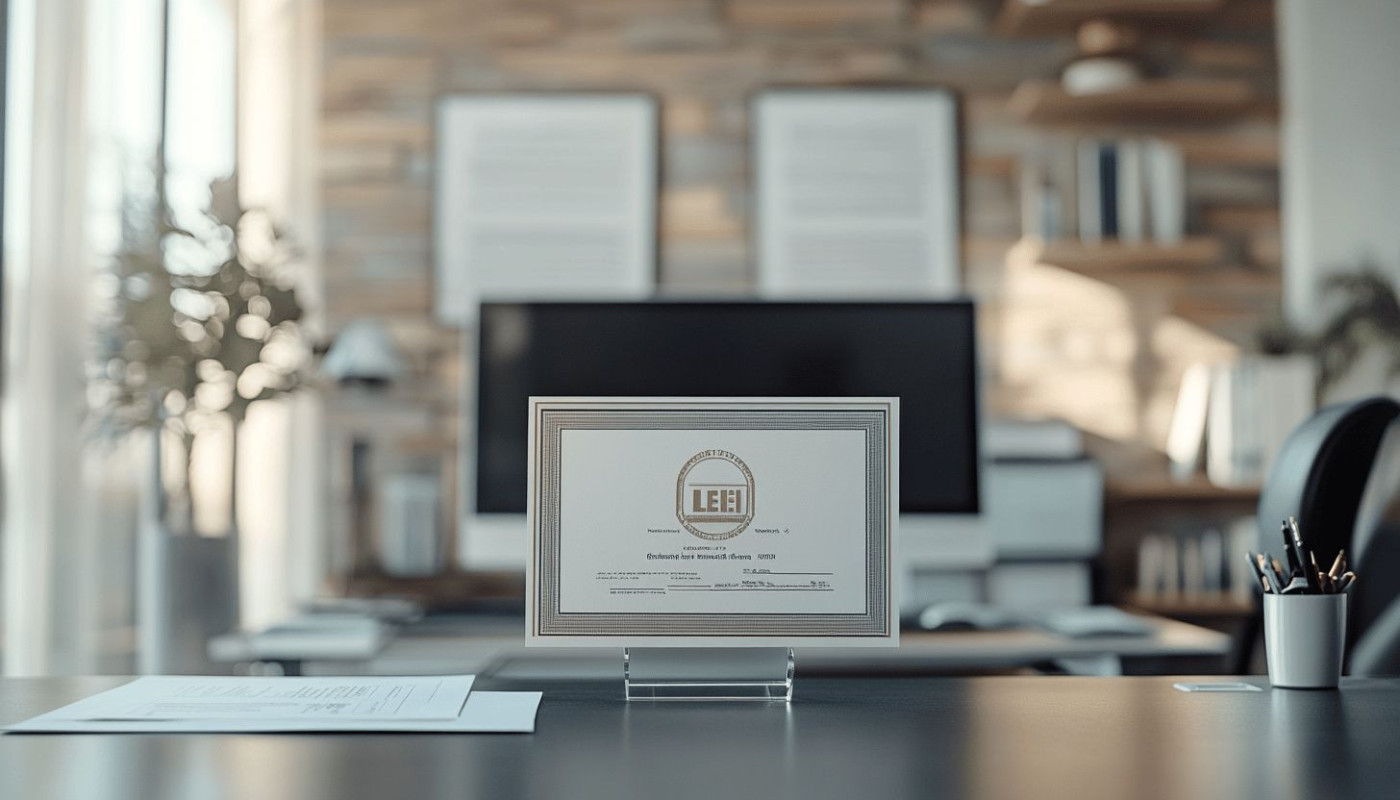Table of contents
Navigating the digital landscape to secure a Legal Entity Identifier (LEI) may seem complicated, but doing so online offers unprecedented convenience and speed. Understanding how to efficiently obtain your LEI is vital for organizations aiming to comply with regulatory requirements and participate in global markets. Explore the structured steps and expert insights below to ensure your LEI application is successful and streamlined.
Understanding the LEI system
The Legal Entity Identifier system offers a globally recognized framework that enables precise identification of legal entities involved in financial transactions. At its core, the LEI code serves as a unique alphanumeric code assigned to organizations, facilitating global identification and enhancing transparency throughout the financial market. Businesses seeking entity registration must consider obtaining an LEI, as regulatory authorities worldwide demand this code to ensure seamless financial compliance. The significance of the Legal Entity Identifier extends beyond simple data collection; it helps mitigate risks such as fraud and money laundering by providing a standardized reference for each legal entity. In financial operations that span borders, the LEI code underpins trust and clarity, allowing regulators, institutions, and trading partners to verify parties quickly and accurately. Robust global identification also streamlines reporting requirements, reducing administrative burdens while ensuring that all entities meet stringent compliance standards.
Preparing necessary documentation
Efficient LEI application requires gathering all required documents and business information prior to starting online registration. Essential materials include an up-to-date corporate registry extract, which serves as formal proof of the entity's legal existence. Applicants should prepare accurate entity verification details, such as national business registration numbers, tax identification numbers, and certificates of incorporation. Additional required documents may involve organizational structure charts, board resolutions authorizing the LEI application, and supporting identification for authorized signatories. Ensuring all business information matches the details in the corporate registry extract is vital to prevent delays during entity verification in the online registration process. Proper documentation significantly streamlines compliance checks, expediting issuance of the Legal Entity Identifier.
Choosing an accredited provider
When pursuing LEI registration, selecting an accredited LEI provider is a key step to guarantee a streamlined and compliant process. Start by verifying that the Local Operating Unit (LOU) is officially recognized by the Global Legal Entity Identifier Foundation (GLEIF). This can be achieved by consulting the GLEIF database, where all accredited issuers and their credentials are listed. A trusted issuer will provide transparent information about their regulatory compliance, fees, and service levels, which is necessary for organizations seeking efficiency and certainty. Compare different providers by evaluating customer support availability, turnaround time for online application processing, renewal reminders, and multilingual support if conducting cross-border transactions. Regulatory compliance should always be a priority, as only accredited providers can ensure that your LEI meets current legal and industry standards. For a reliable experience, consider using a specialized platform such as lei, which connects entities directly to certified LOUs and offers comprehensive guidance throughout the application process.
Completing the online application
Engaging with an online LEI application platform involves several streamlined steps designed for efficiency and accuracy. The application process begins with accessing a user-friendly registration form, often hosted on secure portals backed by advanced automated system capabilities. Users are guided to input business details, such as company name, registration number, address, and ownership structure. Modern platforms utilize a robust data validation protocol, which instantly checks the consistency and correctness of entered information, reducing delays due to manual errors. As users progress, prompts ensure each field is accurately completed, and dropdown menus or auto-fill features further expedite data entry. Certifying the information typically requires a digital declaration, supported by secure authentication methods, ensuring responsibility for submitted business data. Once confirmed, the automated system processes the application rapidly, often issuing the Legal Entity Identifier within hours, provided all data aligns with global compliance standards. Such optimization in the application process not only accelerates registration but also reinforces trust in digital identity verification for legal entities worldwide.
Maintaining and renewing your LEI
After securing a Legal Entity Identifier, ongoing obligations require careful attention to annual maintenance and compliance monitoring. Every LEI must undergo LEI renewal once every year to remain valid, a process that involves verifying and updating entity information in line with regulatory standards. Regulatory bodies expect all data connected to the LEI to be accurate and up to date, meaning any changes such as company address, legal name, or ownership structure must be reported promptly and reflected in the LEI database.
To renew online, entities typically receive alerts from a renewal notification system operated by the LEI issuer, but it is prudent to independently track renewal dates to avoid lapses in compliance. Failure to renew on time can result in the LEI becoming inactive, potentially disrupting access to financial markets or certain regulated transactions. The best approach to LEI renewal includes setting internal reminders, delegating responsibility for annual maintenance, and conducting regular reviews to update entity information as soon as changes occur. Through active compliance monitoring and timely renewals, legal entities can ensure uninterrupted regulatory recognition and market participation.







